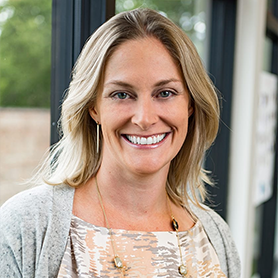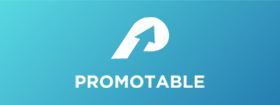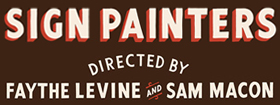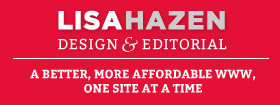Brianna Sylver
Business Innovator and Owner of Sylver Consulting
Primary design concentration:
Design Research and Strategy
Most preferred tool for designing:
Excel. I know this must seem bizarre, but more times than not Excel is the tool I turn to to make sense of research data that’s been collected in the field. You can do so much with it!
1. How and why did you choose to become a designer?
The simple answer is, “I wanted to help people.” The journey that I went through to get to where I am today is a little less simplistic. I started undergrad believing I wanted to be an art therapist. Yet, one semester into my first year psych classes I decided that maybe this manner of helping people wasn’t exactly what I had in mind. Simultaneously, I found I was loving my design class and thus decided that possibly this would be my future. Yet, as I progressed in my design courses I consistently found that I got excited defining what needed to be designed and the messages that those communication pieces needed to convey and not so energized to execute the final design. This knowledge about myself, and the prodding of a few key teachers along the way, led me to the Institute of Design, IIT. It was there that I discovered how I could “help people,” leveraging the powers of design thinking, research and innovation.
2. Challenges you encounter as a designer and how do you deal with them?
This may come as a surprise, but I most struggle with the term “designer” itself. Despite my years of design training and dual degrees of design, what I do today doesn’t align with the conventional understanding of design that most people have. So, I guess you can say that I’ve taken a design thinking approach to defining my own identity to the world. I rarely define myself as a designer. Instead, I’m a myriad of other professional titles depending upon the people with whom I’m speaking and the situation I’m in. Among these titles are design researcher, strategist, ethnographer, market researcher, and user researcher.
3. Your definition of an “elegant solution,” that is, good design?
An “elegant solution” is one that accounts for the needs of all people who will take part in or benefit from the solution. It’s not just focused on the needs of the consumer (whether you’re talking about end-users or the purchasers). Nor is it just about meeting the business needs of the company selling the goods or the profit requirements of shareholders. It’s a solution that sufficiently considers and most appropriately addresses the needs of all stakeholders, both in its initial design and in its execution.
4. From skills to values, what makes a designer successful?
I think a designer is successful when he/she is humble. We have to recognize that we are not the consumers of many of the products or services that we create. And, frankly, if we are, we are hardly the “average” consumer. So, what we think is the “right” solution oftentimes only gets us half way there. To really make a product or service top-notch, you must get in front of your target consumers. And most preferably, you should get in front of them multiple times throughout the development process.
5. How do you stay motivated and grow personally and professionally as a designer?
The way I continue to stay motivated and grow personally and professionally as a designer is by having my hands in many different, and seemingly disparate pots, at one time. One thing I love about my consulting business is that one day I may be studying doctors in the operating room (OR), while the next day I’m on a construction site with a hard hat. These varied experiences not only ensure that I’m constantly learning, but I’m also able to make connections between these different industries and situations that can offer true insight and value to my clients. For instance, while working with the planners for NASA’s International Space Station a few years back, we were able to base some planning models around the core concept of scheduling surgeries at a hospital. Without having had exposure to hospitals and ORs this metaphor would not have come to mind. But because we had had this experience, we were able to offer a very fresh perspective to the problem for NASA.
6. For those aspiring to become a designer, whatever the discipline,what is your advice?
Find the part of the design process that evokes your passion. Hone your skills in this area so that you can hope to be one of the best practitioners in the field.
7. What is your quest in design?
I still want to help people. I want to help users of products and services have more success in using them. I want to help the individuals who offer those products and services to their consumers, clients, constituents, etc., the chance to be successful based on their evaluation metrics. So, daily I seek ways that I can improve how I can help each of these individuals. Sometimes this is about tools, and other times it’s about knowledge. It doesn’t matter the source of the inspiration for improvement, as long as I continue to better the ways in which I can service my clients.
Previous: Alex Koplin | Next: Sophie Henson

Support Design Feast via Patreon
This self-made project and its related efforts constitute a gracious obsession. The intention is to give a wholehearted and timely serving—as much as possible—of creative culture. If you gain a level of motivation, knowledge, even delight, from the hundreds of interviews plus write-ups here at Design Feast, and are able to contribute, please become a Patron with a recurring monthly donation. Thank you for your consideration!
Stay healthy and keep creating throughout the year!
Wishing you much success,
Nate Burgos, Content Creator & Publisher



Comments
There are no comments yet.
Leave Your Comment